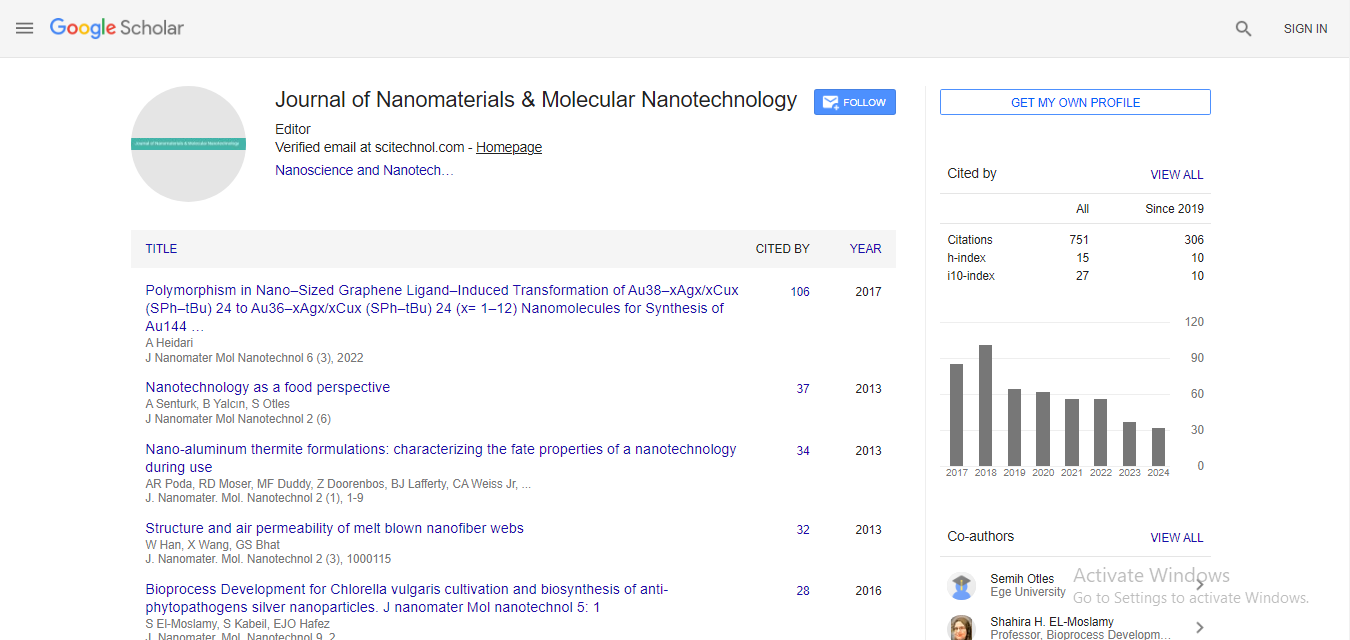Nanocarriers in the immune regulation
Xiawei Wei
Sichuan University, China
: J Nanomater Mol Nanotechnol
Abstract
Nanocarriers including the cationic nanoparticles and inorganic graphene have shown their potential in immune regulation. According to our previous work, we found that inorganic particles such as silica, carbon black and graphene could induce cell necrosis and result in a pulmonary inflammation after exposure to mice. Notably the long-term exposure of nanoparticles might reshape the immune microenvironment of the lung and promote tumor metastasis. For the cationic nanoparticles, such as liposomes and PEI, could also lead to pulmonary toxicity. However, they also exhibit adjuvant effects while administered subcutaneously or nasally. Our team have utilized the cationic carriers as adjuvants to develop a novel COVID-19 vaccine, which have been evaluated in the mouse model and demonstrated a potent induction of the adaptive response. Here we’d like to give a comprehensive talk on the immune regulation characteristics in inflammatory response and in adaptive immune activation. 225 S.m-1) as measured and analyzed by four-point probe method. The novel plasma-triggered reductionexfoliation method opens new opportunities for low-cost industrial-scale production of conductive rGO sheets and rGO-based composites for various modern industrial applications.
 Spanish
Spanish  Chinese
Chinese  Russian
Russian  German
German  French
French  Japanese
Japanese  Portuguese
Portuguese  Hindi
Hindi 



